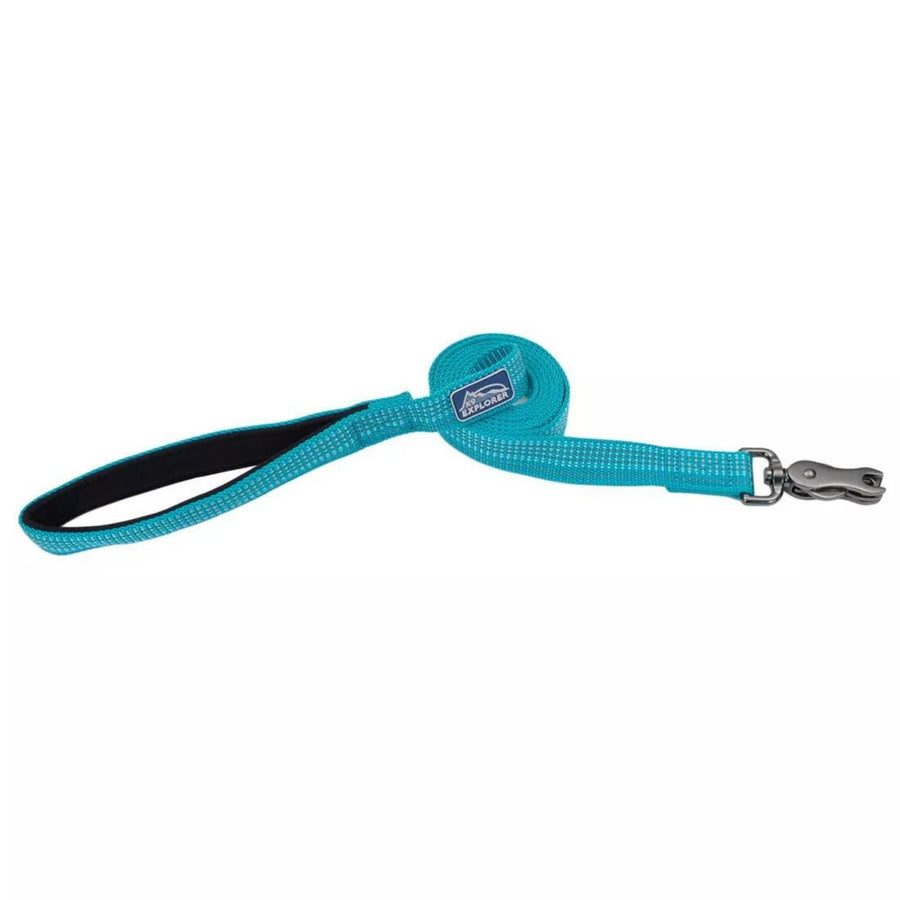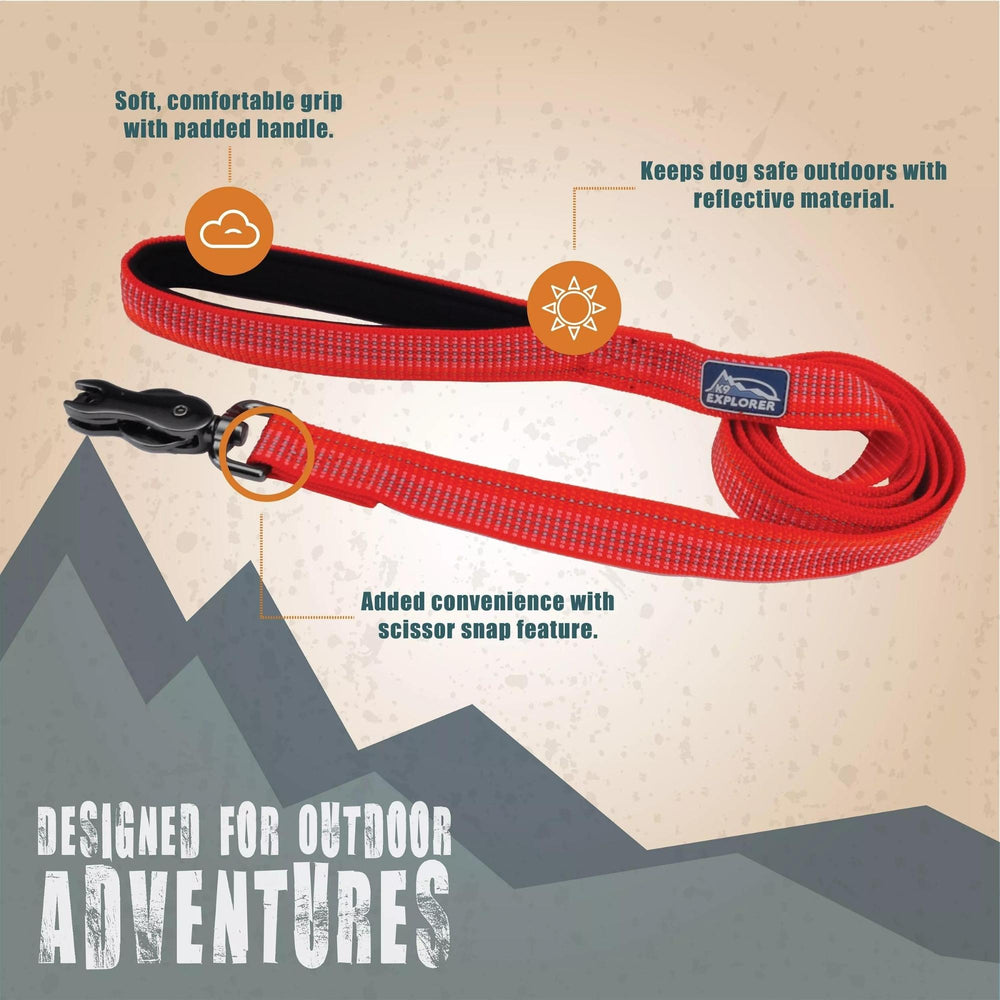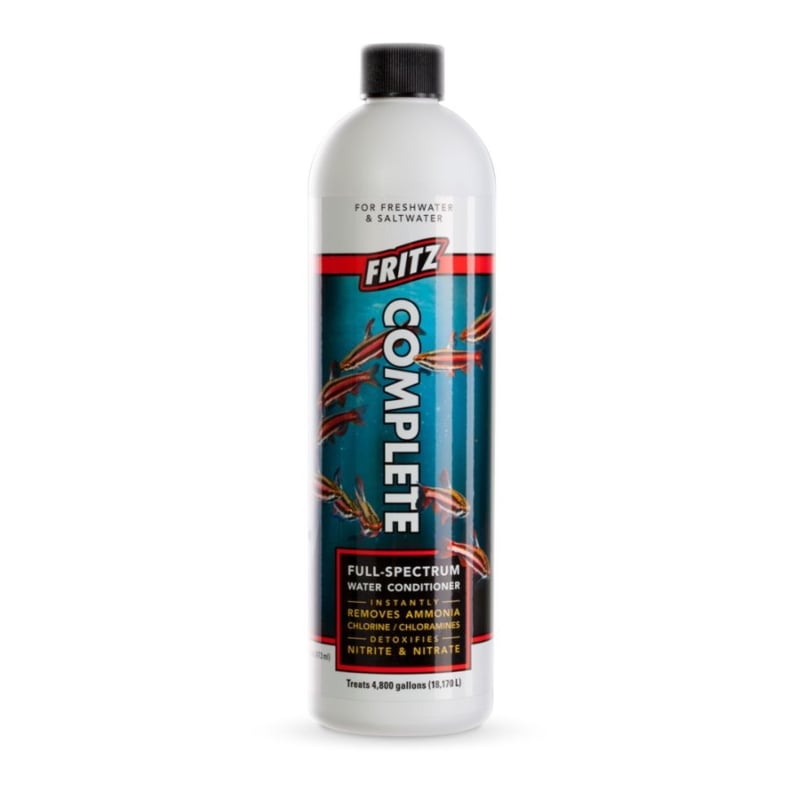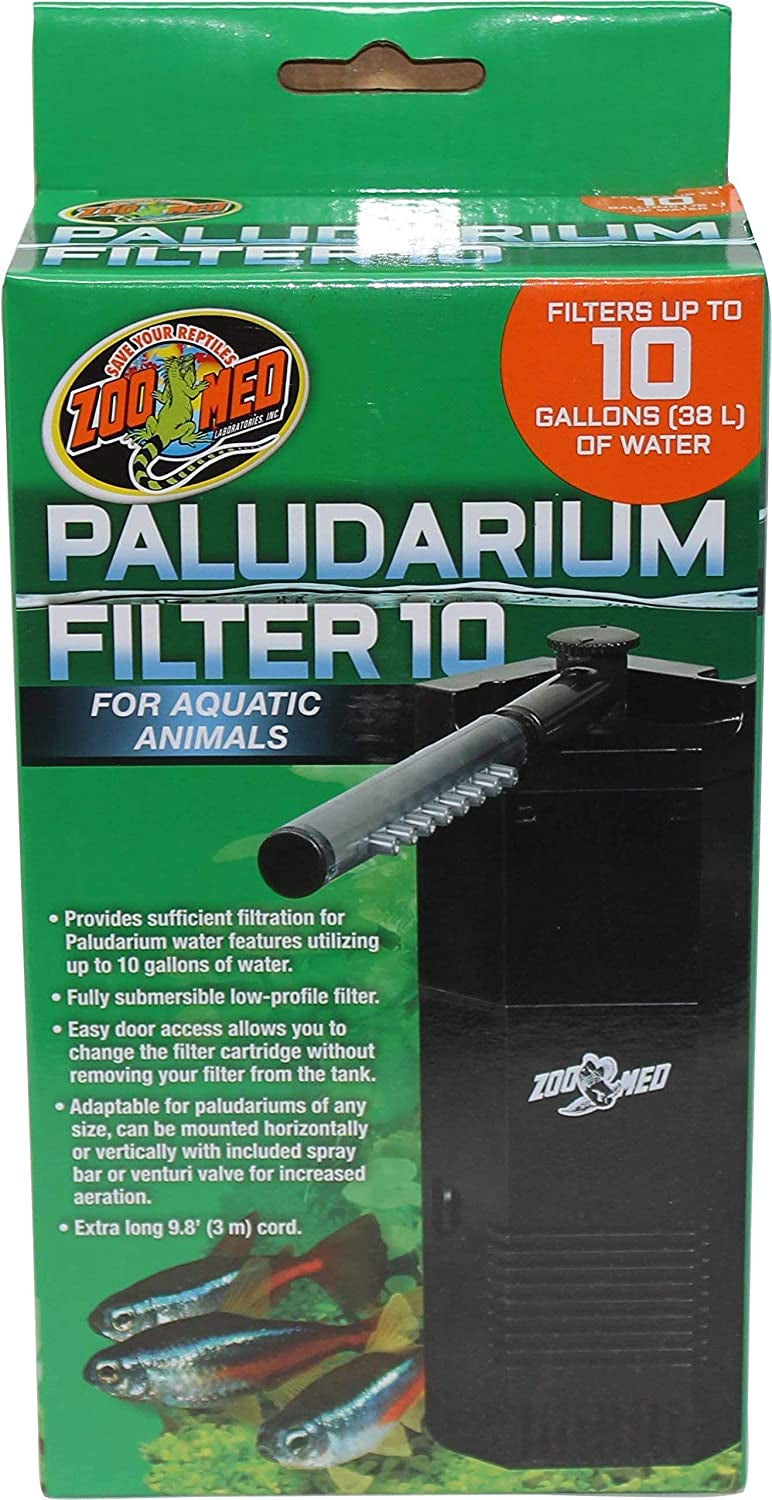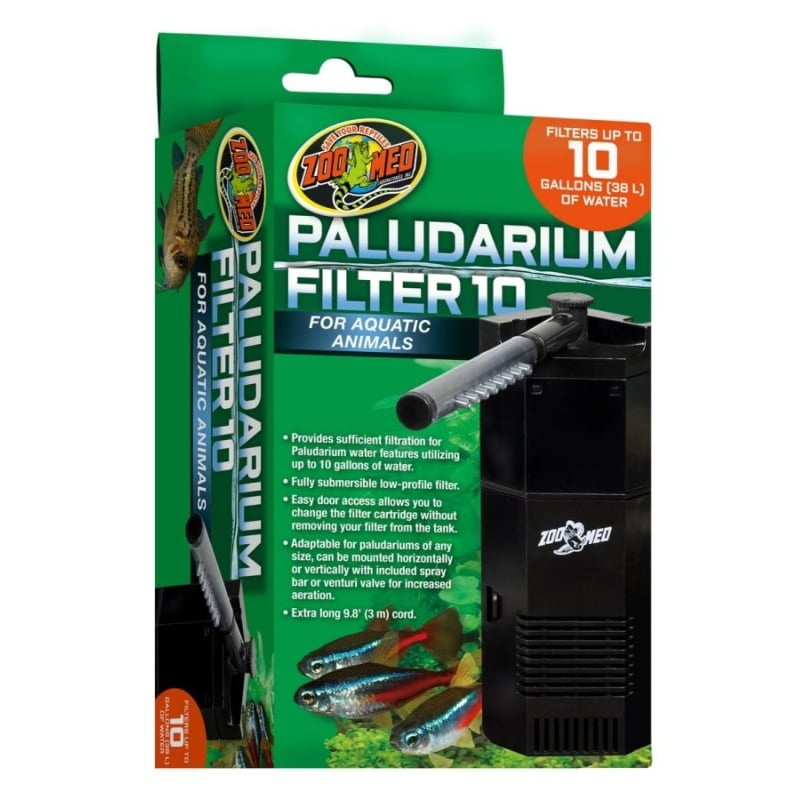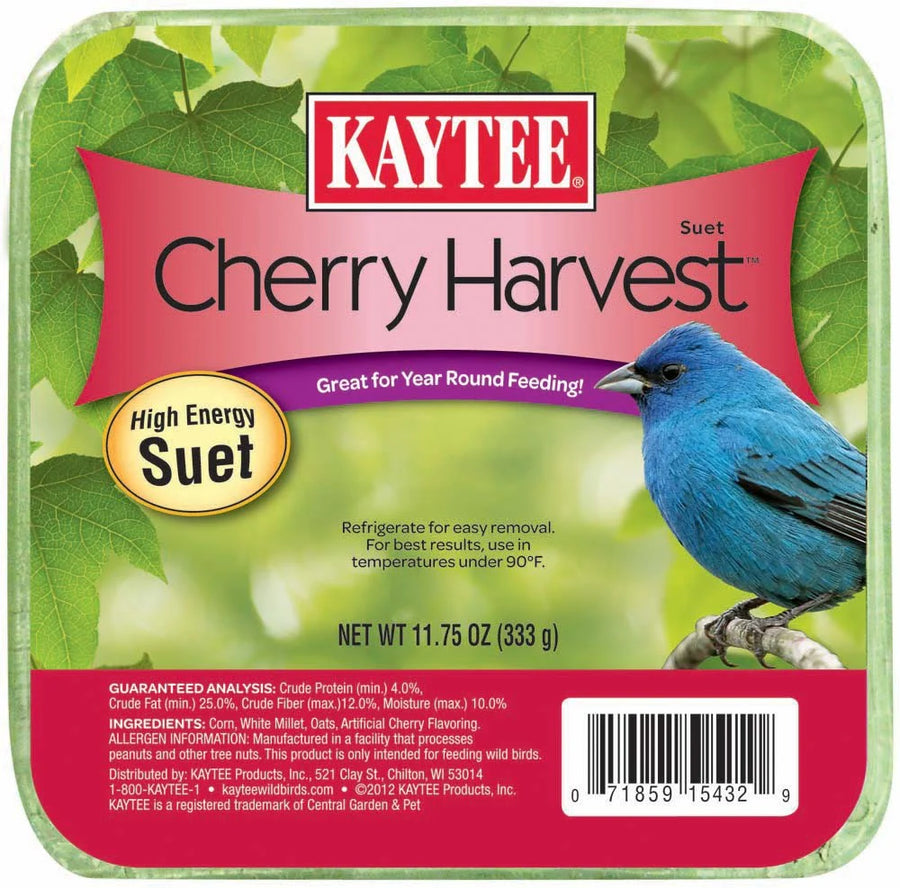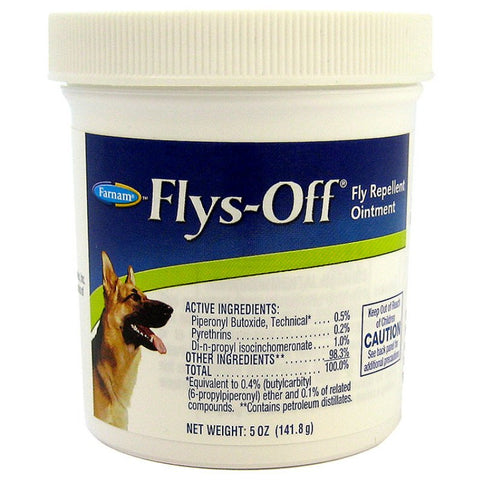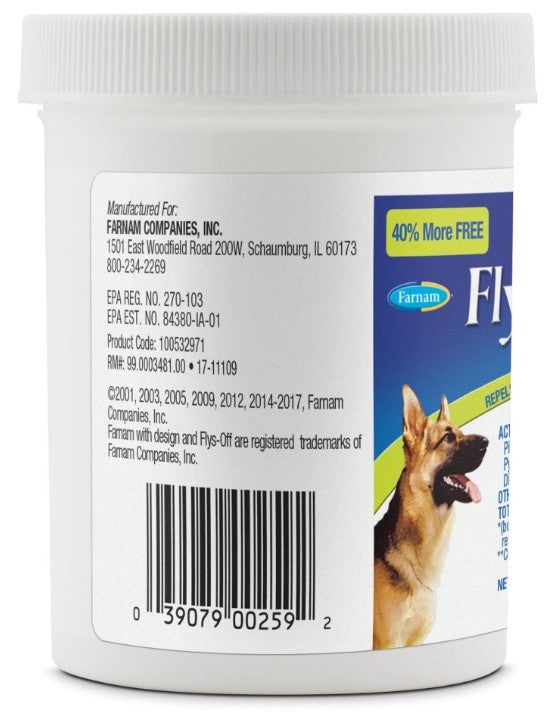How to Store Leftover Wet Food for Kittens
Properly storing leftover wet food for your kitten is essential to ensure its freshness and safety. Kittens are susceptible to foodborne illnesses, and spoiled food can cause gastrointestinal issues or other health problems. This guide will walk you through the best practices for storing leftover wet food, including how to store it safely, how long it lasts, and tips for preventing waste.
1. Understanding the Risks
Leftover wet food can spoil quickly if not handled correctly. The moisture content in wet food creates an ideal environment for bacteria to thrive, especially when the food has been opened and exposed to air. Understanding the potential risks can help you take appropriate measures to ensure your kitten's health.
Common Signs of Spoilage
Before diving into storage tips, it’s crucial to recognize when wet food has gone bad:
- Off smell: If the food has a sour or rancid odor, it's best to discard it.
- Change in color: Any significant discoloration can indicate spoilage.
- Mold growth: Visible mold is a clear sign that the food is no longer safe to eat.
2. Storing Leftover Wet Food
Immediate Storage After Feeding
After your kitten has eaten, any leftover wet food should be stored as soon as possible. Follow these steps to ensure proper storage:
-
Cover the Can or Container: If you’re using canned food, ensure the can is tightly covered with a can lid or plastic wrap. For food in plastic containers, use a secure lid. This prevents air exposure, which can lead to spoilage.
-
Transfer to an Airtight Container: If the food is in a can that can't be fully covered, transfer the leftovers to an airtight container. Glass or BPA-free plastic containers with tight seals are excellent options for keeping food fresh.
Refrigeration
Wet food should be refrigerated if not consumed immediately. Here’s how to do it:
-
Store in the Fridge: Place the covered container or can in the refrigerator. The ideal temperature for refrigeration is between 32°F and 40°F (0°C to 4°C).
-
Keep Away from Strong Smells: Store the food away from items with strong odors (like onions or garlic) to prevent cross-contamination of flavors.

3. Shelf Life of Wet Food
Time Frame for Storage
Wet cat food can last for a limited time once opened:
-
Opened Canned Food: Once opened, wet food can be safely stored in the refrigerator for 3 to 5 days. Be sure to check for spoilage before feeding it to your kitten.
-
Unopened Canned Food: Unopened wet food can generally be stored in a cool, dry place for 1 to 3 years. Always check the expiration date printed on the can for safety.
Freezing for Extended Storage
If you have leftover wet food that you won't be able to use within a few days, consider freezing it:
-
Portioning: Divide the wet food into smaller portions suitable for one meal. This makes it easier to thaw only what you need.
-
Using Ice Cube Trays: An effective way to freeze wet food is to place it in ice cube trays. Once frozen, transfer the cubes to a resealable freezer bag. This allows for easy portion control and reduces waste.
-
Storage Duration: Frozen wet food can last for up to 3 months. When you’re ready to use it, thaw it in the refrigerator overnight rather than at room temperature to minimize the risk of bacterial growth.
4. Thawing and Reheating
Thawing Techniques
When you're ready to serve thawed wet food to your kitten:
-
Refrigerator Thawing: The safest way to thaw frozen wet food is in the refrigerator. This ensures it thaws evenly and safely.
-
Warm Water Bath: If you’re in a hurry, you can place the sealed container of frozen food in a bowl of warm water. Make sure not to microwave it directly, as this can create hot spots that may burn your kitten’s mouth.
Reheating Tips
If your kitten prefers their food warm, you can gently reheat the thawed food:
-
Microwave Caution: If using a microwave, do so in short intervals and stir well to ensure even heating. Always check the temperature before serving to prevent burns.
-
Avoid Boiling: Never boil the wet food, as high temperatures can destroy essential nutrients.
5. Preventing Waste
To minimize waste and ensure your kitten enjoys fresh food, consider the following tips:
-
Buy in Smaller Quantities: Purchase smaller cans or pouches if your kitten doesn’t finish the food quickly. This helps reduce leftovers and ensures you’re always feeding fresh food.
-
Rotate Stock: Use older cans first to ensure they are consumed before newer purchases.
-
Monitor Your Kitten's Preferences: Observe how much your kitten eats during each meal to better gauge portion sizes in the future.
Conclusion
Properly storing leftover wet food for kittens is essential for their health and well-being. By understanding the risks, following safe storage practices, and knowing how long food lasts, you can ensure your kitten enjoys fresh, nutritious meals. Implementing these tips will help reduce waste and promote a happy, healthy eating routine for your furry friend!




